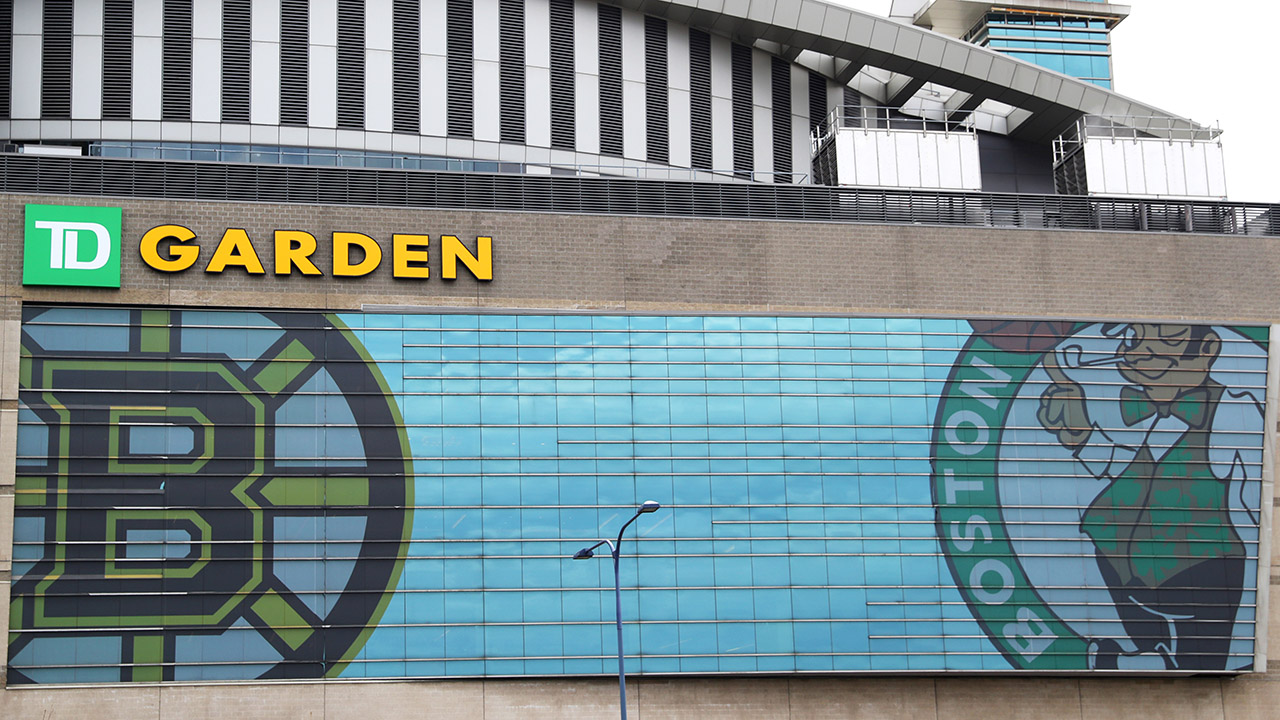A series of 28 summer programs in 15 Vermont libraries aims to excite children about science, technology, engineering, and math. The fields, commonly known by the acronym STEM, have been identified as critical to the nation's future economic development.
"This is a lot of fun because you get to build things," said 9-year-old Luka Pivovarsky, who was participating in an introduction to circuitry design at the Warren Public Library. "I like making circuits because I like science. So making circuits is fun, especially when you can turn them into whatever you like."
The circuitry lesson was designed to be kid-friendly, with colorful play dough to conduct the current and flashing LED bulbs to signify the successful creation of a circuit.
The group Vermont Makers organized the series, which it said was made possible through a Vermont Community Foundation Innovations and Collaborations grant. Partners on the grant included the Craftsbury Public Library, Vermont Public Library Foundation, UVM College of Engineering and Mathematical Sciences, the Vermont State Department of Libraries, Champlain Maker Faire, and the Vermont Library Association, the Makers said.
"There's a lot of anxiety in our society around technology," said Vermont Makers member Jenn Karson.
To Karson, the maker movement is about not just being a consumer of technology, but actually designing technology and manipulating it to fit your needs. "This kind of education, and encouraging engineering and being able to code, really is not just offering the skills, but also the empowerment that you can be a critical thinker around technology and you can even make technology," Karson explained.
The summer programs, which also include "hacking" recycled toys and working to combine electronics and textiles, stress the creative potential for the STEM areas, Karson explained. She said technology use that fosters artistic expression is another hallmark of the maker movement.
Local
"Well, there's getting to be a lot more technology," observed Owen Edgcomb, 10, another participant in the Warren circuitry program. "There's smart phones with touch screens and stuff. And it's just kind of good to know what you're playing with."
While Edgcomb referred to handling technology as "play," seeing kids embrace STEM learning is serious business to administrators at the University of Vermont. "We really want to speak to students and excite them as early as possible," said David Rosowsky, UVM's provost and senior vice president.
Rosowsky said the country needs to engage more kids to pursue educations in the STEM fields, to eventually close a gap between the number of STEM jobs being created nationally and the number of qualified thinkers to fill them. Rosowsky said President Barack Obama and Gov. Peter Shumlin, D-Vt., have both repeatedly stressed the importance of STEM education when it comes to economic development. The STEM areas are where much of the job creation is taking place in the U.S., Rosowsky told New England Cable News.
A recent Brookings Institution study found STEM jobs take longer to fill than non-STEM openings. The research also found STEM skills employers are requesting in job postings are scarce relative to demand.
The Department of Commerce estimated that STEM-related jobs will grow 1.7 times faster than non-STEM occupations over the period from 2008-2018, the Obama Administration said in a December 2012 press release outlining a goal to increase the number of college graduates receiving STEM degrees by 1-million over the next decade.
"Right now, the interest in engineering and science is very high," Rosowsky said. "We're actually at a high point. But the job creation is outpacing it."
Rosowsky said UVM is on track to break ground next year on its largest-ever capital project: a $104-million, three-part STEM complex with the newest labs, classrooms, and maker spaces to foster innovation. Students to fill those spaces may come from the summer library programs like the one in Warren. "If we don't capture the imagination of these young people early, we'll miss a great opportunity," Rosowsky told NECN.
Judging by the enthusiastic response to the circuitry program, the Vermont Makers seem to have sparked curiosity in these kid engineers. "For me, it's just interesting to see how things work," Luka Pivovarsky said.



